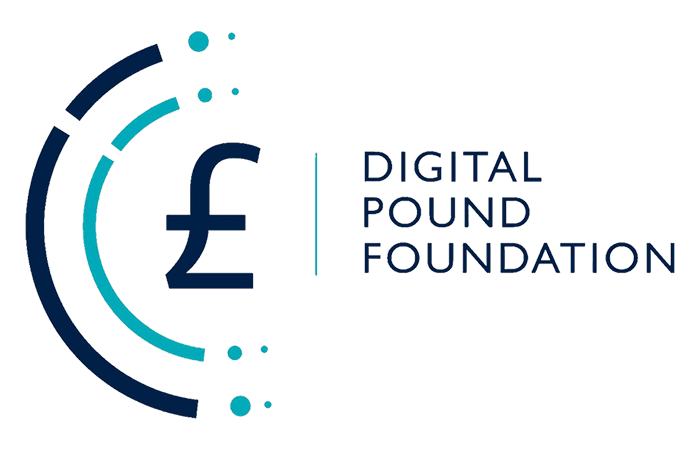Project Agorá was launched this week by the Bank for International Settlements (BIS) Innovation Hub, aiming to transform cross-border payments using tokenization. This initiative is aligned with the novel concept of a Unified Ledger, aiming to harmonise the efforts of seven central banks along with commercial banks on a unified, programmable platform designed to streamline international transactions.
Cecilia Skingsley, who leads the BIS Innovation Hub, highlighted the significant transformative potential that tokenization holds for changing the digital payment landscape. She conveyed that tokenization ushers in a new era in the development of digital money, which in her opinion positions Agorá as the most ambitious project undertaken by the team to date. Unlike prior initiatives that were more exploratory, this project moves into a more definitive and tangible phase.
Key global currencies such as the USD, Euro, GBP, and Yen are set to be integrated into this project, bringing together major central banks including the Bank of France (representing the Eurosystem), Bank of Japan, Bank of Korea, Bank of Mexico, Swiss National Bank, Bank of England, and the Federal Reserve Bank of New York.
Envisioned as a collaborative effort between the public and private sectors, Project Agorá is poised to open its doors to private sector participation, with coordination facilitated by the Institute of International Finance (IIF).
The BIS describes tokenization as the seamless integration of transaction records with the governing rules and logic encapsulated in smart contracts, effectively merging transaction messages with actual fund movements. This method promises to significantly reduce the time and costs associated with back-office reconciliation tasks.
The initiative arises from a critical examination by the G20 of the factors inflating the costs associated with cross-border payments, such as dependency on correspondent banking, regulatory discrepancies, compliance costs, and varying operational hours. A shared infrastructure could offer substantial reductions in compliance-related expenses, particularly in areas like KYC and AML checks, traditionally seen as burdensome yet essential for banks.
Despite the association of tokenization with blockchain technologies, the central banks’ preference leans towards a centralized consensus model, aiming to retain control over payment systems. Nevertheless, smart contracts could still be effectively utilised within such a centralised framework.
The BIS emphasises the importance of focusing on the functional benefits of this approach rather than the underlying technology. Hyun Song Shin, BIS Head of Research, highlighted the scalability and interoperability challenges that blockchain projects face, especially those on public blockchains, advocating for the proven efficiency of the traditional banking model.
Project Agorá distinguishes itself from other cross-border Central Bank Digital Currency (CBDC) projects, such as mBridge, which involves the central banks of China, Thailand, Hong Kong, and the UAE. Notably, Agorá incorporates the use of the U.S. dollar, a crucial international currency, into its framework.
Despite the BIS’s stance on Project Agorá as a venture beyond theoretical research, the regulatory and political landscape varies across jurisdictions. The New York Innovation Center (NYIC) at the Federal Reserve Bank of New York has clarified that its involvement is solely for research and experimentation purposes, reflecting the complex political nuances surrounding CBDC initiatives in the United States.
























































